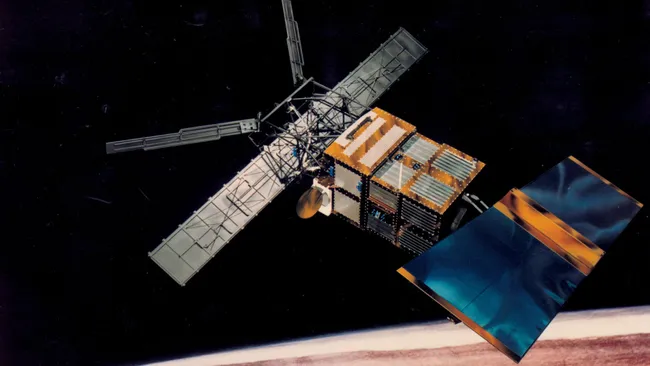Explore the critical lessons learned from the ERS-2 satellite reentry incident, underscoring the urgent need for global standards in space debris management. Discover how controlled reentries and international cooperation can ensure the safety of Earth’s orbital environment and prevent future risks.

The Uncontrolled Descent of a Massive Satellite
The incident involving the descent of the European Remote Sensing satellite (ERS-2) back to Earth has stirred significant attention in the United States, highlighting the growing concerns over space debris. Launched in April 1995, ERS-2 dedicated nearly 16 years to studying our planet before the European Space Agency (ESA) concluded its mission in 2011. Efforts to mitigate collision risks with other satellites or debris included lowering its orbit and passivating the satellite to prevent explosions from residual energy.
The Final Plunge and Its Implications
ESA’s forecast predicted ERS-2’s reentry for February 21, with a minor timing uncertainty. The satellite ultimately reentered over the North Pacific Ocean, avoiding populated areas. However, the unpredictability of such descents underscores the potential danger to people, aircraft, and ships. Despite no reported property damage, the incident serves as a reminder of the potential risks associated with uncontrolled satellite reentries.
The Risk to Aviation and Maritime Safety
Highlighting the risk to aviation, the incident pointed out that space debris could affect air traffic routes between Asia and North America, including Hawaii. Fortunately, no aircraft were impacted during ERS-2’s reentry, but the potential for airspace closures and route diversions remains a concern. Similarly, maritime safety can be compromised, as demonstrated by a precautionary route change by a cruise ship upon receiving a debris-related warning.
Advocating for Controlled Reentries
The consensus among experts, like Ph.D. candidate Ewan Wright from the University of British Columbia, is that future satellite reentries should be controlled and directed away from populated areas. This approach would minimize the reliance on luck to avoid casualties and property damage, ensuring a safer environment for both aviation and maritime activities.
A Global Standard and the Evolution of Regulations
The discussion extends to the need for a global standard for satellite deorbiting, with the United States leading the way by requiring operators to minimize the risk of casualties from reentry debris. While the current 25-year deorbiting rule is under scrutiny, with a shift towards a more stringent five-year rule proposed by the Federal Communications Commission, the challenge of addressing legacy satellites remains.
The Growing Complexity of Space Debris Management
As regulations evolve, the challenge of managing the increasing volume of space debris and its environmental impact becomes more complex. The dual concerns of atmospheric contamination from disintegrating spacecraft and the sheer volume of material in orbit highlight the urgency for more effective space debris management strategies.
This recent satellite reentry event serves as a stark reminder of the pressing need for international cooperation and innovation in addressing the challenges posed by space debris, ensuring the sustainable use of outer space for future generations.